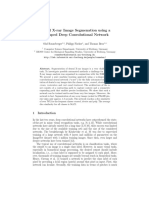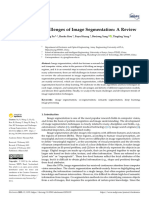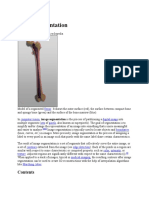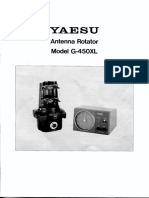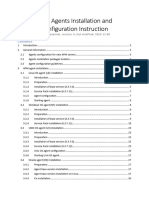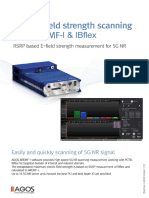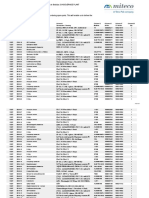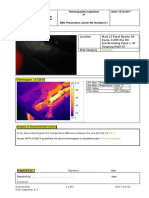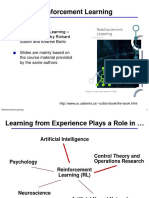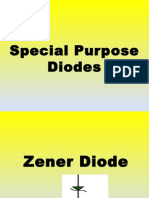0% found this document useful (0 votes)
9 views8 pagesResearch Advance in Deep Learning Image Segmentati
This paper presents a deep learning-based image segmentation algorithm aimed at improving accuracy in image processing. It discusses the use of Convolutional Neural Networks (CNN) and Fully Convolutional Networks (FCN) for effective segmentation, detailing various preprocessing techniques and the architecture of the segmentation network. Performance analysis indicates that the model's accuracy improves with iterations, demonstrating the effectiveness of the proposed methods.
Uploaded by
surya kavithaCopyright
© © All Rights Reserved
We take content rights seriously. If you suspect this is your content, claim it here.
Available Formats
Download as PDF, TXT or read online on Scribd
0% found this document useful (0 votes)
9 views8 pagesResearch Advance in Deep Learning Image Segmentati
This paper presents a deep learning-based image segmentation algorithm aimed at improving accuracy in image processing. It discusses the use of Convolutional Neural Networks (CNN) and Fully Convolutional Networks (FCN) for effective segmentation, detailing various preprocessing techniques and the architecture of the segmentation network. Performance analysis indicates that the model's accuracy improves with iterations, demonstrating the effectiveness of the proposed methods.
Uploaded by
surya kavithaCopyright
© © All Rights Reserved
We take content rights seriously. If you suspect this is your content, claim it here.
Available Formats
Download as PDF, TXT or read online on Scribd
/ 8






















